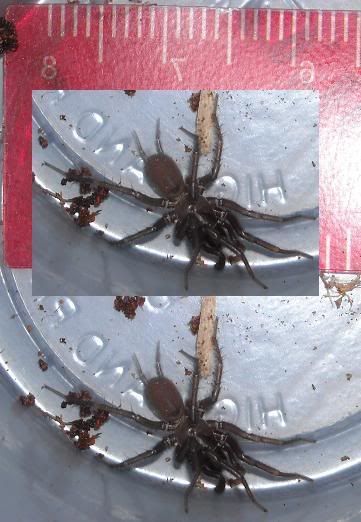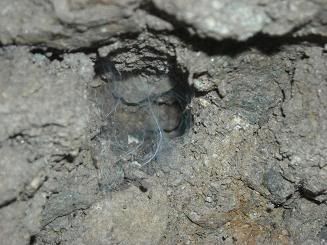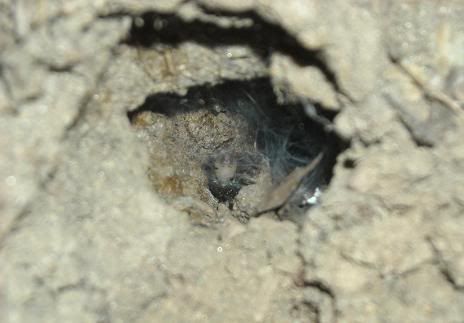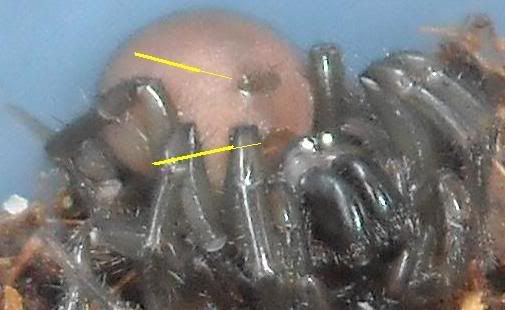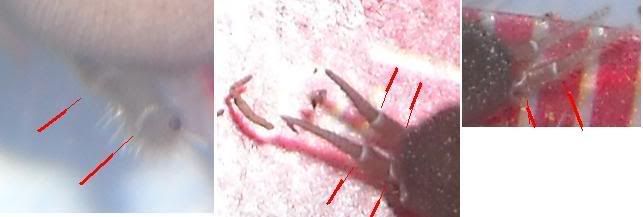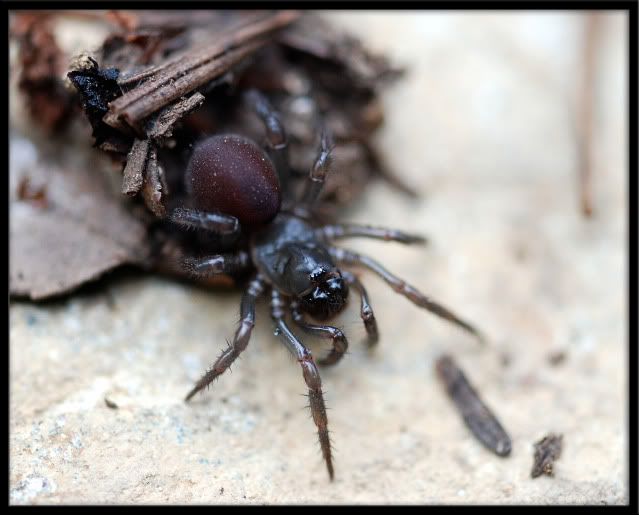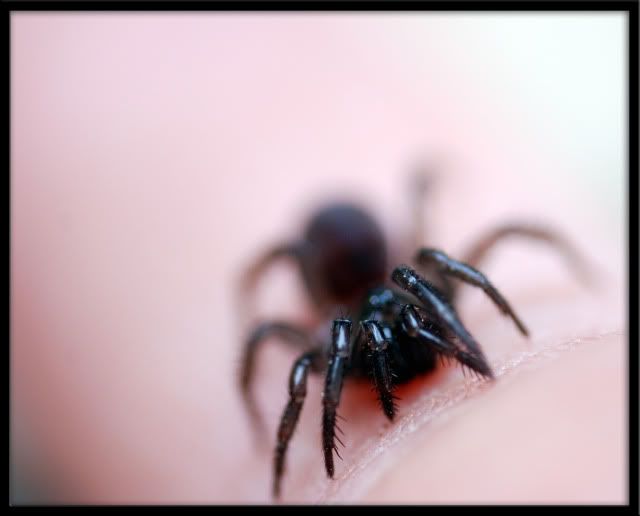- Joined
- Jan 5, 2005
- Messages
- 8,325
The recent post on the Microhexura montivaga (Spruce-fir moss spider) ( http://www.arachnoboards.com/ab/showthread.php?t=117703 ) has gotten me thinking about tiny mygs again.
I was wondering what the smallest mygs in the USA were?
I think maybe Hexurella might be small? obviously Microhexura is pretty tiny.
What are the other small ones out there? (bonus points for being in southern california)
I was wondering what the smallest mygs in the USA were?
I think maybe Hexurella might be small? obviously Microhexura is pretty tiny.
What are the other small ones out there? (bonus points for being in southern california)

